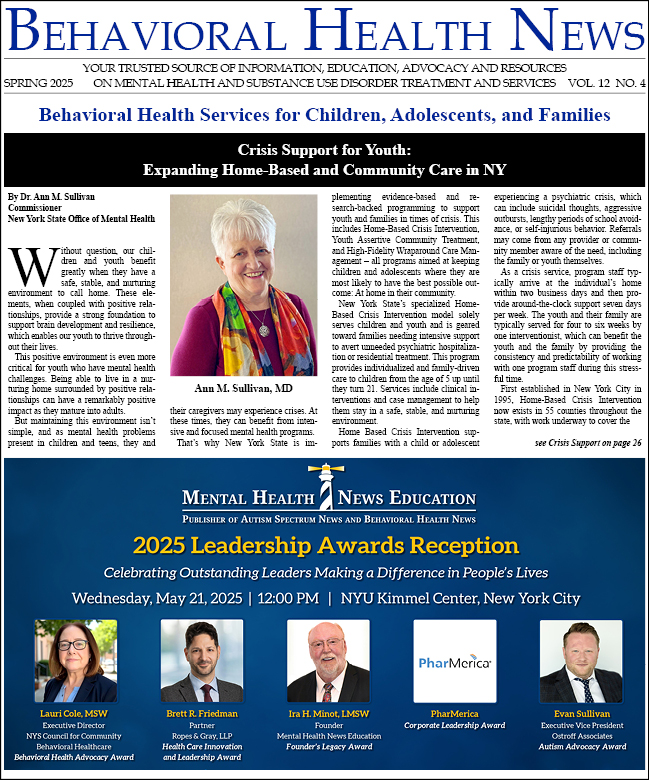-
Creating a Continuum of Care: Addressing Mental Health Challenges Facing Youth & Young Adults in New York and Beyond
The mental health landscape for youth and young adults in the United States is at a critical inflection point. According to the World Economic Forum, the world’s 1.2 billion young people, representing 16% of the global population, are facing a generational mental health crisis of unprecedented...
-
How Gen Z Can Lead the Fight Against the Youth Mental Health Crisis
1 in 5 U.S. children experiences a mental health condition, and suicide is now the second leading cause of death among young people. In New York City, we are facing an unprecedented youth mental health crisis, and the systems in place to address these needs are failing—especially for those from...
-
Preventing Youth Suicide: Intervention Strategies and Community Resources
The national suicide rate among adolescent youth has risen significantly over the years, surpassing other causes of youth fatalities. Suicide during childhood and adolescence is ranked as the second leading cause of death among these age groups. A 2022 study found that suicide was the...
-
A Dual Crisis: Understanding the Rise in Youth Suicide and Substance Use Disorders
As a psychiatrist and parent of two teenage boys, youth health and wellbeing are critically important to me, both professionally and personally. I am deeply concerned about the increasing prevalence and complexity of co-occurring disorders in youth, where mental health disorders coexist with...
-
Assisting Grieving Families to Find Closure While Maintaining Compliance with HIPAA
The most fundamental goals of Harm Reduction and Buprenorphine Programs are to keep people alive and safe. Despite the best efforts of a very dedicated SUD workforce, over 107,000 people died of overdose deaths in 2023. Behind every overdose death is a family or friends in mourning. Often, they are...
-
Saving Lives: New York State’s Comprehensive Approach to Suicide Prevention
It is critical that across our state, we ensure that our local communities have the resources they need to identify and help individuals who are most at risk for suicide. Suicide is the second leading cause of death among individuals between the ages of 25 and 34 and the third leading cause of...
-
Suicide is NOT a Symptom
Too many have lost a loved one to suicide. Every 11 minutes, someone dies by suicide in the US, often without warning. Suicidality has historically been regarded as a symptom of major depression and mental illness in general. During my training, when someone was at risk of suicide, we were...
-
Saving Lives At Work: How Employers Can Lead in Suicide Postvention As Prevention
It’s OK to talk about suicide. The more we do so, the more we break down barriers that stop people from feeling safe enough to seek help. Vital strides have been made to open the dialogue on suicide. For example, the World Health Organization (WHO) Suicide Prevention Day theme for 2024-2026 is...
-
The Ripple Effect: Impact of Suicide on Family and Friends
The loss of a person to suicide touches friends, family, and other loved ones who must grapple with a host of emotions in the wake of tragic loss. The pain of suicide bereavement can ripple through personal relationships and affect the emotional health of the community of the individual who was...
-
When Outpatient Psychiatric Care Is Not Enough
Key Points: The accepted goal of treatment is recovery—pursuit of a self-directed life, not just crisis stabilization. Those having difficulty pursuing recovery in outpatient treatment should consider residential treatment. Residential treatment ideally occurs in a community over...







